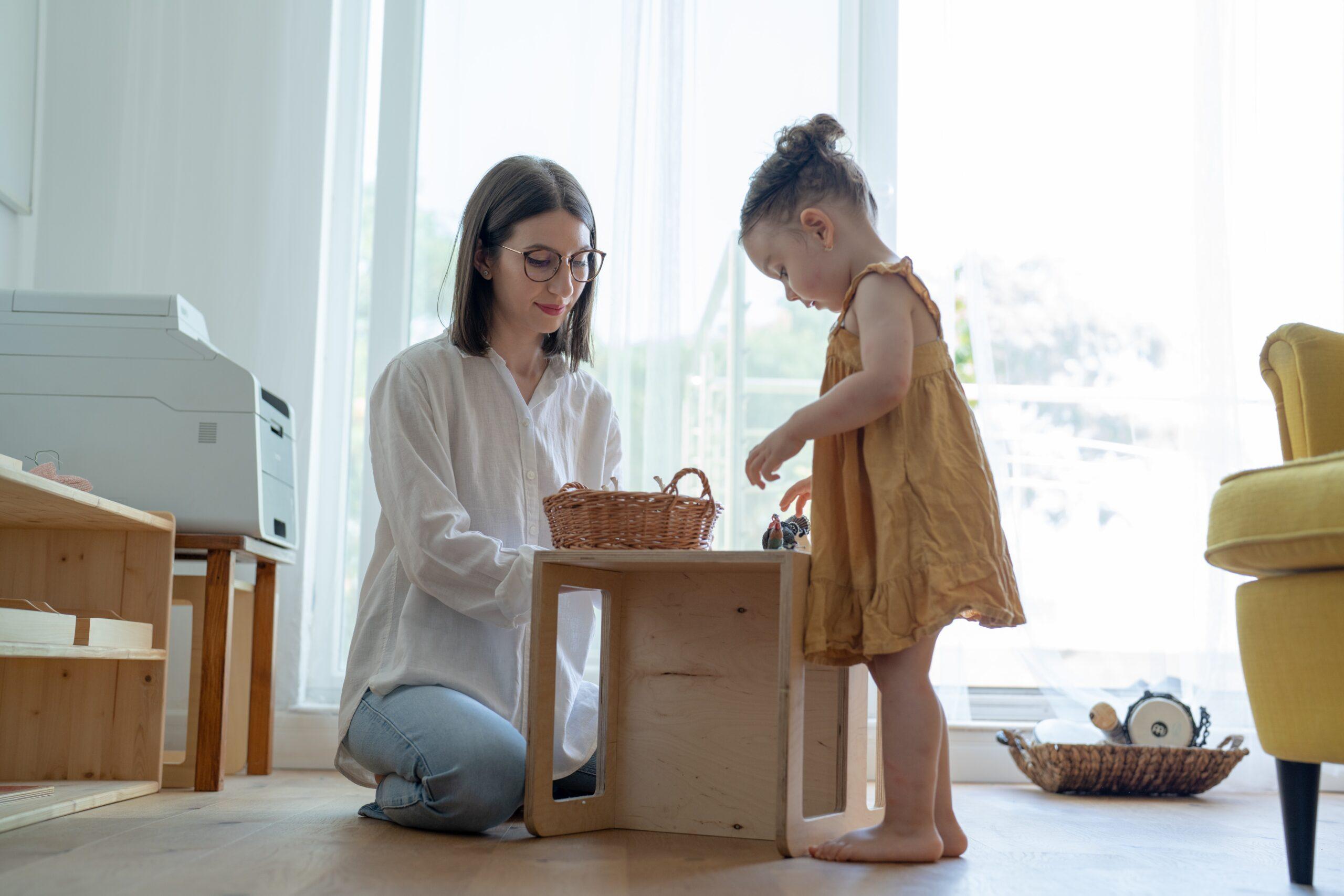Through a process that combines mathematics, language arts, Asian culture and creative design, a square sheet of paper is transformed into almost anything imaginable. What’s more, this transformation occurs without the use of scissors, glue, staples, pencils or any materials other than a sheet of paper. The technique used is the art of paper folding, known by its Japanese name— origami (ori=folding, gami=paper).
In recent years, origami has come into use by educators and occupational therapists. Teachers have discovered that origami is an activity that fits ideally into interdisciplinary and multi-cultural programs. In contrast with forms of art that require one to be naturally gifted, origami can be learned by almost anyone. While origami is a helpful teaching tool for any student, it is particularly beneficial for students with learning difficulties.
Origami and Self-Esteem
A child with learning difficulties is often beset by a vicious circle of deficits which may be divided into two categories: clinical and emotional. Each plays an integral part with the other.
When clinical skills (auditory processing, fine and gross motor skills, or visual memory) are dysfunctional, then reading, writing or drawing are delayed.
The child may experience emotional frustration, causing problems with self image and self confidence. Consequently, the child may not exert future efforts.
Origami, when properly exercised, can be an unusually effective teaching tool for the learning-disabled child. Through origami, this child learns that mistakes can be reversed. An improperly folded crease is not a permanent symbol of failure, since all the child needs to do is to flatten the paper and start anew.
Learning and completing an origami model gives the child a sense of great accomplishment. When that child is pulled from the class to receive special service, the child may feel a sense of inferiority. Returning to class with something special to show classmates may bolster self-image. Often, peers may ask the child to teach them how to fold the model. This is especially important with preteens, where peer opinion means everything.
One typical characteristic of learning-disabled children is their inability to delay gratification. Very often, they become frustrated from the start to the completion of a project. The sooner these children see results, the better it is for them. With origami, the children enjoy results almost at once and the finished model is always a success.
Origami— an Educational Tool
Paper folding is at once instructive and attractive. It appeals to the creative, inventive and constructive abilities of children. Friedrich Froebel (1782–1852), the German educator and founder of kindergarten who dedicated most of his life to exploring young children’s learning processes, realized that children’s games are educational tools of great value.
Origami, in that sense, has the characteristics of a game: it is an enjoyable activity; it follows certain rules; it involves emotions; it excites, entertains, and at the same time, teaches through doing. In this hands-on activity, there is a continuous interaction of the action and thought process. Children learn how each fold leads to a more advanced one, and how together they all progress to create a life-like pliable object, which can be duplicated or creatively elaborated upon.
Paper folding is a multi-sensory, hands-on activity, which is particularly beneficial to children with learning difficulties. To complete a model, the child needs to listen, observe and touch the paper. The process of learning a new model and duplicating it on his own provides the child with an opportunity to improve multiple cognitive skills in an enjoyable way. Sequential memory, concentration, ability to follow directions, eye/hand coordination, spatial perception and fine and gross motor skills are some examples.
Paper folding can also help develop vital academic objectives. The most obvious applications are mathematics and reading. Origami demonstrates the fact that mathematics is a subject that involves exploration. For example, when a student folds a piece of paper in half and opens it out again, the nature of one half is shown. Origami is practiced in a highly-engaging and motivating environment within which children extend their geometric experiences and the skill of spatial visualization. Through origami’s intrinsic mathematical nature, students literally manipulate the concepts that they are learning.
It seems like a game for young children to unfold a model and identify the revealed geometric shapes. The activity retains in their conscious memory. When they later develop the ability to think abstractly, they will associate math with the time they spent playing with origami. Symmetry, proportion, angles, bisections of angles, fractions, certain mathematical proofs and a variety of other math concepts can be taught with origami.
Since the art of origami is based on a language of symbols, another natural educational objective that can be achieved through origami is reading. Reading, like origami, is based on the association of symbols and sounds. Some reading specialists contend that while students are folding origami paper, they are developing essential reading skills in three main areas: perceiving a sign as a symbol, recognizing it and interpreting its meaning. A teacher can use origami to reinforce reading by virtue of the children’s desire to produce a three-dimensional model. Origami can be especially helpful when dealing with children with language-based disability for whom reading is a struggle.
Origami lends itself to the development of the concept of sequencing. Origami helps children to construct the concept of “first thing first.” If the children are folding an origami model without carefully watching and listening to the verbal instructions, and without following the sequence of steps, they will not be successful in producing their desired results.




